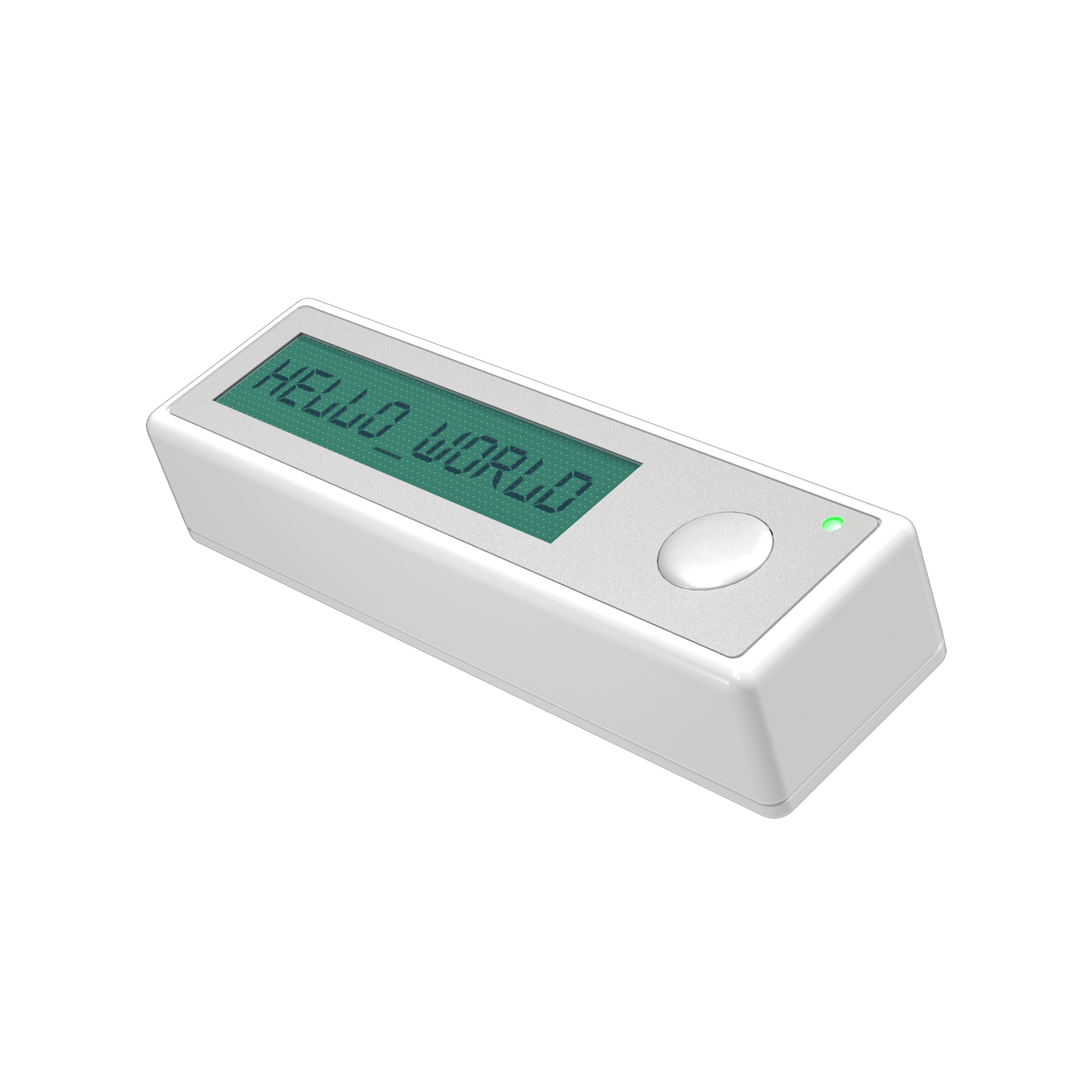Efficient planning through the use of IoT.
Benefits of using IoT in Supply Chain & Logistics
Real-time Tracking
Optimisation of inventory management and production.
Efficiency Enhancements
Monitor the environment and take prompt action.
Predictive Maintenance
Predict equipment issues.
Data-Driven Insights
Can opener for smarter decision-making.
Customer Experience
Accurate planning.
Supply Chain Optimization
Optimizing the supply chain from the ground up.
Supply Chain & Logistics Solutions
Knowing what is where drives efficiency.
Real-time Tracking Systems
IoT devices provide live tracking and location data, ensuring real-time visibility of goods in transit.
Smart Inventory Management
Sensors monitor stock levels, automatically triggering reorder points to minimize stockouts and reduce excess inventory.
Fleet Management and Route Optimization
IoT devices in vehicles optimize routes, reduce fuel consumption, and enhance overall fleet management.
Temperature and Environmental Monitoring
Sensors track temperature, humidity, and other environmental conditions, ensuring goods are stored and transported under optimal conditions.
Predictive Maintenance
IoT sensors predict machinery or vehicle failures, allowing proactive maintenance to prevent disruptions.
Supply Chain Analytics Platforms
IoT-generated data is analyzed for insights into process improvements, demand forecasting, and resource allocation.
Supply Chain & Logistics – Use Case
Supply Chain & Logistics – Use Case
Revolutionizing fair trade coffee: IoT ethical journey.
A fair trade coffee company adopted IoT technology across its supply chain. From the coffee plantation to the consumer's cup, every stage utilized IoT-driven solutions. At the plantation, IoT sensors monitored soil moisture and temperature, optimizing growing conditions. During the harvest, IoT-enabled trackers traced the coffee's journey to the processing facility, ensuring transparency and fair trade compliance. While the coffee beans were in transit, IoT sensors monitored storage conditions, maintaining ideal temperature and humidity levels to preserve freshness. In the warehouse, IoT-driven inventory systems ensured accurate stock levels and efficient order fulfillment. During transportation, IoT devices in trucks monitored environmental factors and tracked location, guaranteeing the coffee's integrity. These devices communicated seamlessly with the warehouse's IoT system to anticipate incoming stock. In the shop, IoT-enabled inventory systems ensured product availability and freshness, providing real-time data on stock levels. Customers could trace the coffee's journey from plantation to purchase via QR codes or apps. This IoT-integrated journey improved transparency, ensured fair trade compliance, reduced waste, and guaranteed fresher, ethically sourced coffee for consumers. This approach exemplifies how IoT can revolutionize the fair trade coffee supply chain, offering both traceability and ethical assurance.




